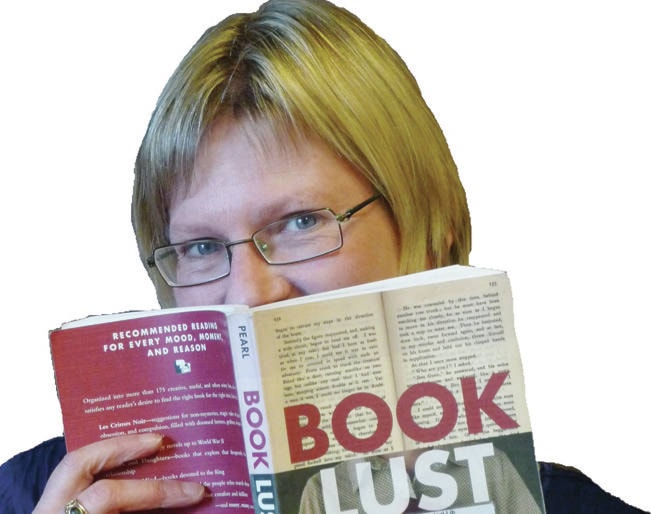By Anne DeGrace
When Stephen Leacock wrote Sunshine Sketches of a Little Town in 1912, residents of Orillia, Ont., were abuzz. Could the town he wrote about be theirs? Could the characters he made fun of be — gasp — them? It wasn’t, and they weren’t. Said Leacock, “Mariposa is not a real town. On the contrary, it is about 70 or 80 of them.” And yet.
Leacock’s story is the story of many fiction writers, and it raises the question: what are the advantages of writing about a place you know well? And what are the perils and pitfalls?
The library hopes to answer some of those questions in a panel discussion during B.C. Culture Days on Saturday, Sept. 30 at 2 p.m., in the library’s lower level.
On hand to consider it all are four local fiction writers who have set their books right here: Jennifer Craig, Ernest Hekkanen, Cyndi Sand-Eveland, and Tom Wayman. I get to moderate.
Margaret Lawrence modelled the fictional town of Manawaka in her novel The Diviners after her hometown of Neepawa, Man. Alice Munro has delighted and appalled readers for her true-to-life fictional crafting of people they’re sure they recognize doing things they never imagined. Bestselling mystery writer Louise Penny sets her narratives — replete with heinous crimes — smack in her hometown of Knowlton, Que.
While, on the one hand, beginning writers are encouraged to “write what you know,” there is something potentially fraught about plunking your plot in your own backyard and have it turn up in bookstores and libraries everywhere.
I renamed the Kootenay community of Renata as Bear Creek in my novel Treading Water.
Based on a 1965 local history, I knew I needed freedom to craft good fiction without being bound by the facts. So I changed the named to protect the innocent and took solace in the fact that Renata—a casualty of hydro-electric dam development— is under water for most of the year.
Then, after the book was released, I was invited to a long weekend pig roast, an annual gathering of former Renata residents. Naturally, I was terrified. But Renata’s ex-pats were kind and gracious and understood that it was the essence of their story that was important. Phew.
That’s my story. But what of Ernest Hekkanen’s satirical novel Of a Fire Beyond the Hills, which plays with the Our Way Home draft resister sculpture debacle, complete with thinly veiled local personalities? Was he ever afraid someone might take umbrage?
Jennifer Craig’s 2017 novel Gone to Pot is unapologetically set in Nelson, beginning with a fire at the Grizzly Grill (read: Redfish). The plot follows Jess, a grandmother looking for creative ways to keep the wolf from the door, and developing a green thumb in the process. Nelson’s not-so-dirty laundry exposed!
Tom Wayman has explored the Slocan Valley in essay, poetry, and prose, including the stories in The Shadows We Mistake for Love.
Reading it, there were times I was certain I knew the people or the place — but did I? And did it matter? Could Wayman have written a story with the same impact if it was set in Toronto?
In Dear Toni, Cyndi Sand-Eveland’s novel for young readers, I saw Blewett in every page. How does setting a book rurally resonate with inner city kids, you might ask? Is location even important, when there are so many more important themes to consider?
These are things to ponder, but the news is good: there will be plenty of time for questions, answers, and good discussion at the panel, which we’ve called, appropriately: Once Upon a Time — Right Here! Join us to delve into the possibilities and perils of setting our stories in the place we call home.
Anne DeGrace is the Adult Services Co-ordinator at the Nelson Public Library. Check This Out runs every other week.
